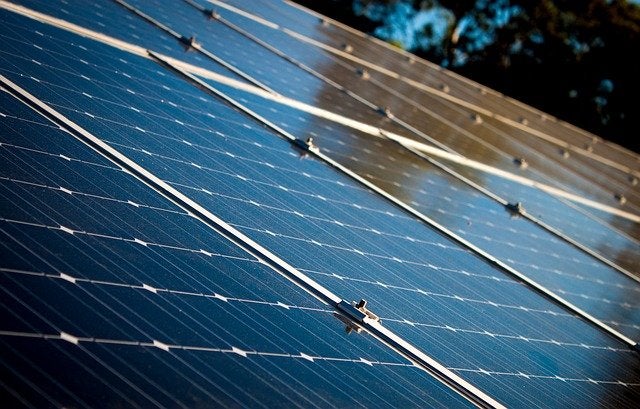
Enel Green Power (“EGP”) and the European Commission signed the grant agreement[1], under the framework of the EU’s first Innovation Fund call for large-scale projects, that will contribute to the development of TANGO (iTaliAN pv Giga factOry), an industrial-scale production facility for the manufacturing of innovative, sustainable and high-performance photovoltaic (PV) modules at EGP’s 3Sun solar panel factory in Catania, Sicily. In line with the deal, the factory’s expansion is set to result in a 15-fold increase in its production capacity to 3 GW per year from the current 200 MW. The 3 GW production facility is expected to be fully commissioned by July 2024, after starting with the first 400 MW in September 2023, making 3Sun Europe’s largest gigawatt-scale factory producing high-performance bifacial PV modules.
The total investment in the creation of the 3 GW production facility amounts to around 600 million euros, whereby EGP’s commitment will be coupled with EU funding in the amount of nearly 118 million euros. This investment is expected to increase local direct and indirect employment by approximately 1,000 jobs by 2024, alongside acting as a catalyst for the relaunch of a European PV value chain.
“The global world demand of solar PV modules is growing at an accelerated pace,” said Francesco Starace, CEO of the Enel Group. “Europe alone is expected to absorb a large portion of additional demand thanks to the great competitiveness and convenience of this technology. The sourcing footprint of these important components is a weak point in the global supply chain and we see the need to rebalance its geographic spread that is today excessively dependent on a single Asian source. This investment will place 3,000 MW per year of production capacity back in Europe and will mark for Italy a big step in retaining leadership in technology.”
“The TANGO project will contribute towards the achievement of EU’s increased ambitions of 40% energy consumption from renewable sources by 2030, alongside helping reduce energy dependency,” said Salvatore Bernabei, CEO of Enel Green Power. “The Gigafactory will promote a circular economy concept, creating a more sustainable and resilient European supply chain, from the design phase to the new models of reusing components at the end of their life cycle. Looking ahead, the TANGO project has high potential for scalability and can become a model for other gigawatt-scale PV factories to be developed in Europe over the coming years.”
3Sun’s production will include bifacial heterojunction (B-HJT) PV cells that capture more sunlight as the cells can respond to light on both front and rear surfaces. Through an ambitious R&D program, the PV panels will be further developed to also incorporate a structure called “Tandem”, which utilizes two stacked cells that allows for more light to be captured compared to single-cell structures, yielding higher overall efficiency. The combination of bifacial PV panels and “Tandem” cell structure offers significant efficiency improvements, which will enable PV modules to exceed 30% efficiency, securing higher average energy production.
The 3 GW of panels to be manufactured every year by the Gigafactory can generate up to an approximate 5.5 TWh of renewable electricity per year, which from a sustainability point of view have the potential to avoid the equivalent of up to almost 25 million tons of CO2 in their first ten years of operation. Likewise, the output generated by the Gigafactory’s panels has the potential to avoid the purchase of up to almost 1.2 billion cubic meters of gas per year, replaced by domestically-produced renewable energy.
The Gigafactory is being designed and constructed following sustainable and circular best practices by increasing the use of environmentally-friendly, recycled material, reducing energy and resource consumption.
Furthermore, the factory is fully engaged in R&D in collaboration with international research centers, leading companies in the sector and start-ups, with the aim to develop new recycling processes for end-of-life PV modules management through the recovery and reuse of materials in a fully circular perspective. For example, the use of highly automated procedures as well as of sophisticated artificial intelligence algorithms will greatly improve the control of manufacturing processes, leading to significant scrap minimization.






